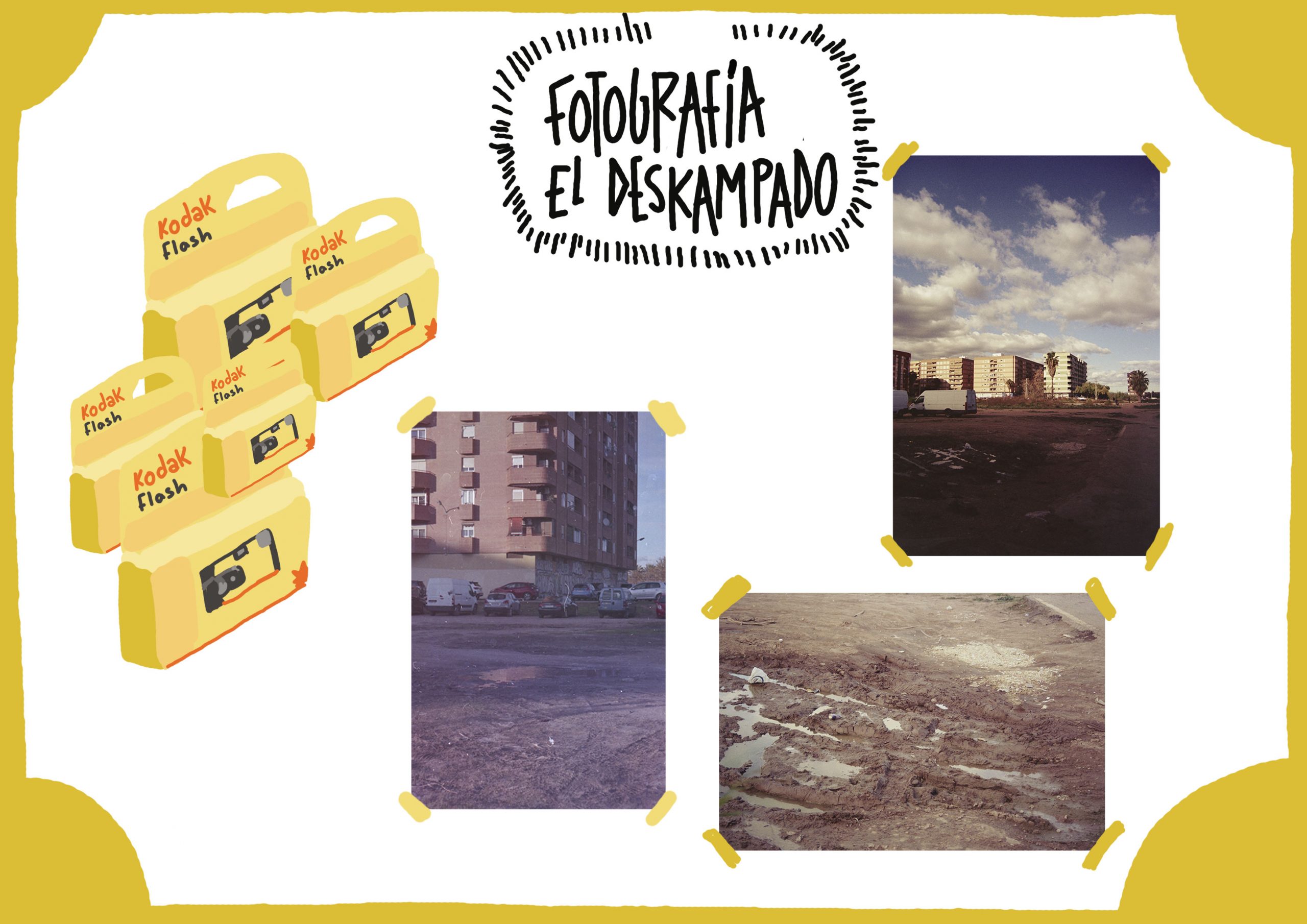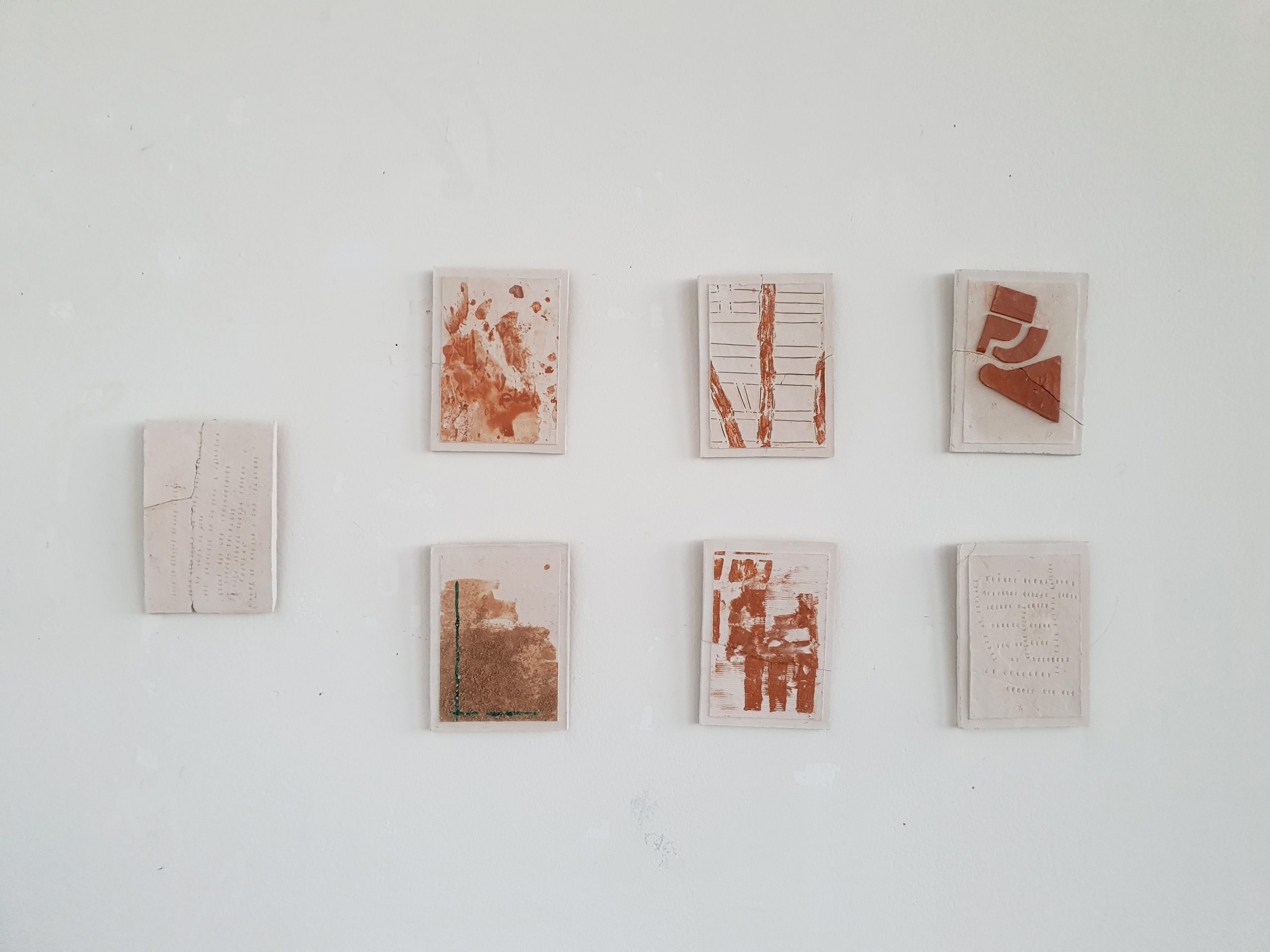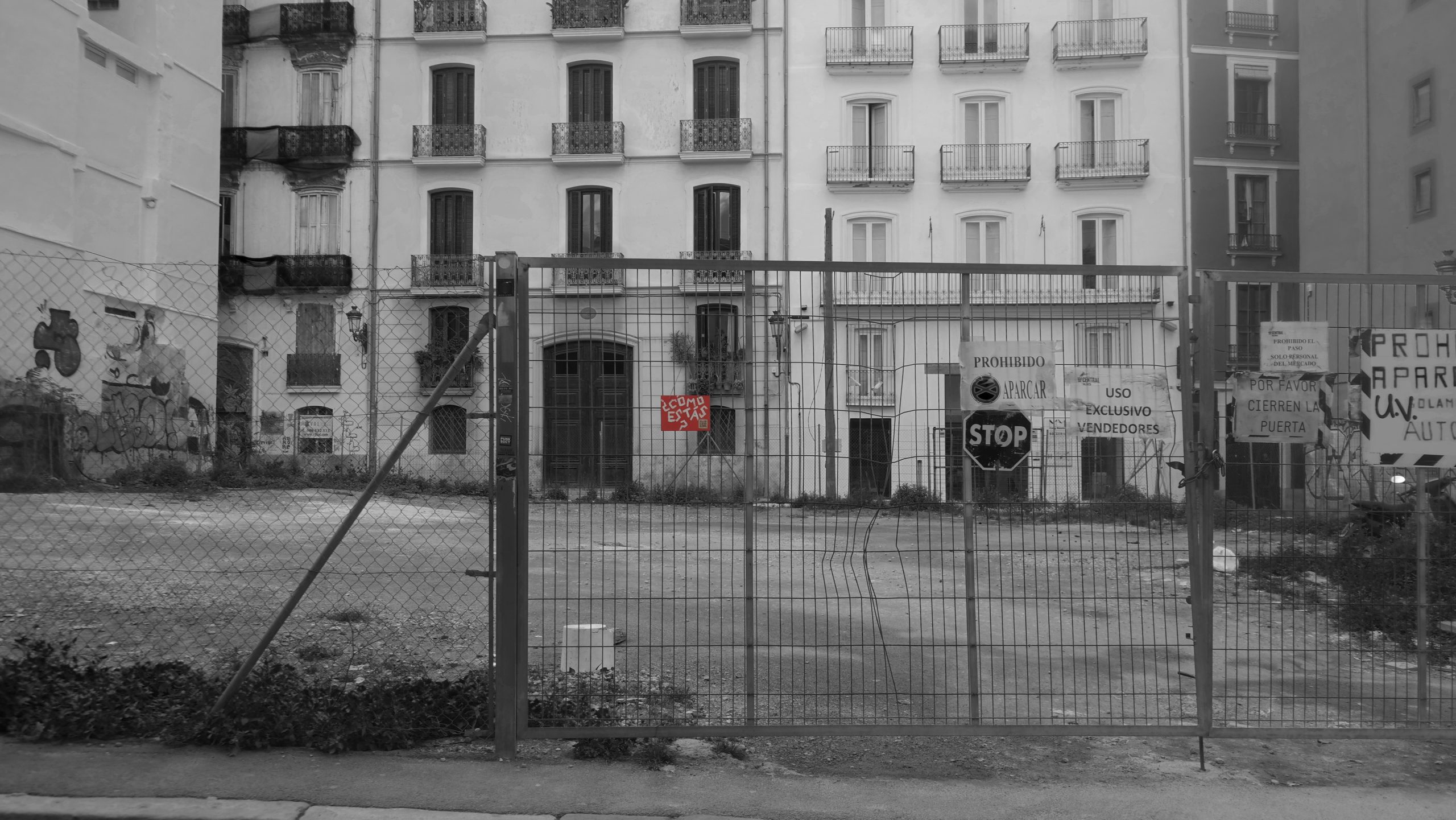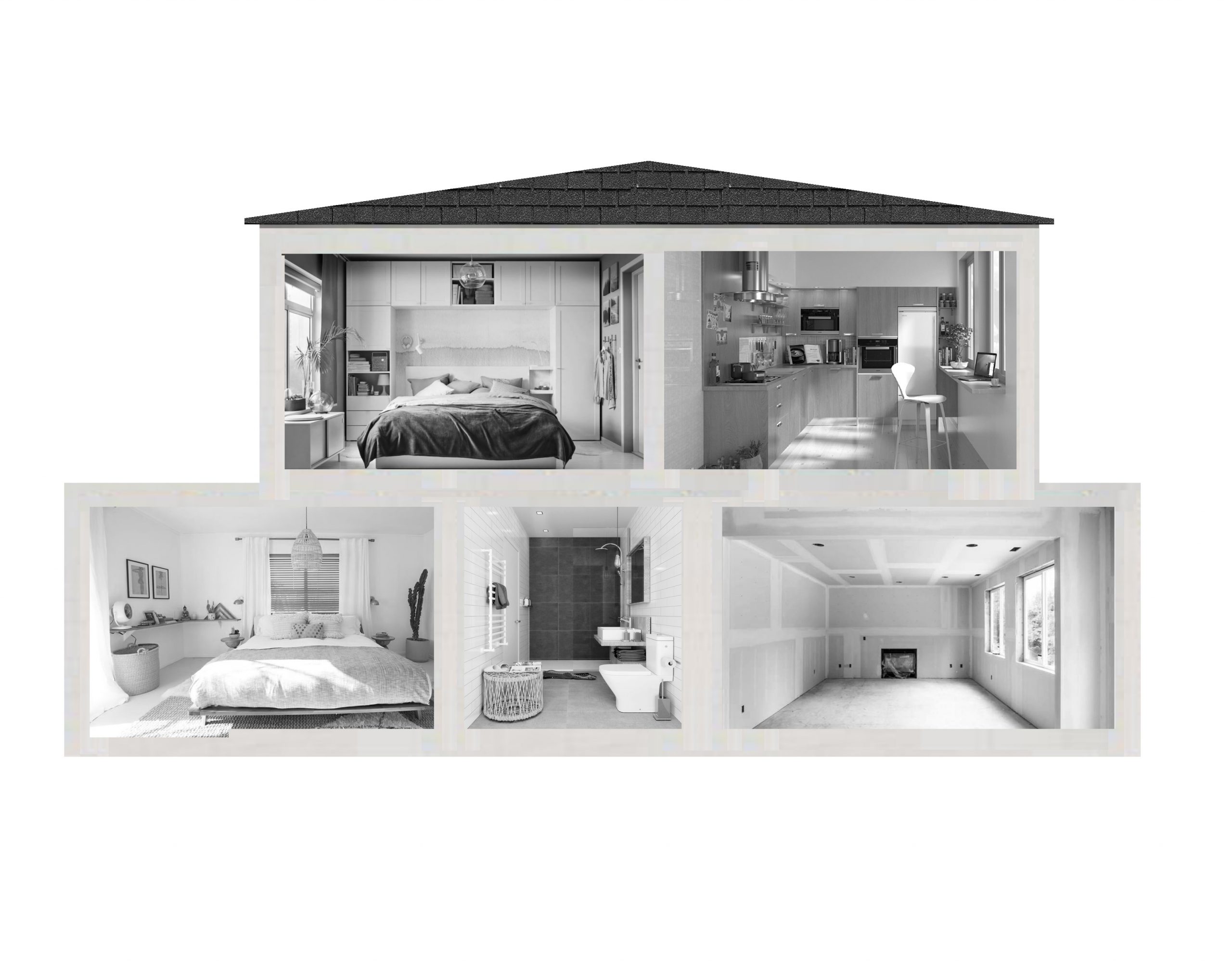Project Description

Be still, the moving photo comes out and it will be seen later in the open-air exhibition!
In a pandemic state and after adopting the pertinent measures for the cessation of the virus contagion, leisure sought alternatives to the closing of bars, the need for meetings and social contact reinterpreted places that previously went unnoticed or even had other functions. Places where dog excrement, strange nocturnal beings, cars in their worst states and the corners of your neighborhood where you tried not to pass at some hours of the morning have become the trendy bar and now our eyes perceive them as potential gardens, healthy places to disconnect outdoors free of runners, and yoga addicts, where to pass by casually and take a look to see if you meet someone you know and be able to deploy there for magnificent hours, in a kind of “casual” meeting with all the neighbors.
These circumstances have remained for posterity as symbols of resistance and a direct attack against the kidnapping of the house, the city has renamed places and changed perceptions as when you start to see beautiful that person you disliked on tinder but now have as wallpaper.
We want to leave a graphic trace and for posterity of how the wastelands work visually for people who of course randomly have ended up reopening a can while furtively fleeing the police and returning to meet again with the human being outside a screen. But not all are concupiscent ideas, social alternatives have also been born, projects of improvement of these abandoned places, through new vegetable gardens and the promise of building better places for the whole neighborhood.
We propose a workshop through analog cameras, returning to the origins of photography and a work of collective manual development through which to distribute disposable cameras to all the new inhabitants of these areas in order to draw together what is the new vision of this area.
Together we will develop the images through the experimental technique of “film soup”, this technique allows us to develop our images with elements of the place, such as earth, water or anything you can imagine and that is part of the essence of the wasteland.
Finally they would be put together in a collective exhibition where all these ideas and artistic forms could be seen, to turn a dry and apparently empty land into an exhibition center.




